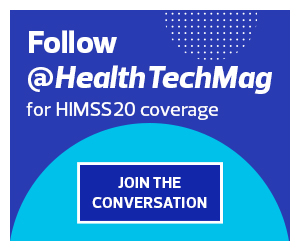That’s the thinking behind Grace, a chatbot developed at Providence St. Joseph in Washington state to assess patients with low-acuity issues. By asking for symptoms via an online pop-up window, Grace suggests proper next steps with 90 percent accuracy.
The potential for the chatbot is big: “Imagine if I could have had access to a Grace who could have determined after a series of mostly ‘yes/no’ responses whether I needed to go to an urgent care center, or to get some prescription meds, hydrate and rest,” digital transformation consultant and author Paddy Padmanabhan writes in MobiHealthNews.
An intuitive healthcare bot, he adds, might one day be able to call patients a ride-share, notify the clinic of their arrival, prepare medical records and the related chat transcript and predict out-of-pocket costs or copays.
Benefits of Robotic Process Automation in Healthcare
Although there are fears that bots will eliminate swaths of healthcare jobs — Gartner forecasts the overall worldwide RPA market will hit $1 billion this year — some experts say the tools will complement some workplace functions and redirect human skills.
“Rather than spending thousands of hours obtaining and sifting through raw data, skilled employees can focus on using RPA-curated information to form insights and make strategic decisions that better support patient safety and care, and related research,” says Yarin.
On the administrative side, RPA can address a host of healthcare functions critical to reducing errors and expenses. After one European hospital deployed bots to handle some billing and claims functions, processing costs per claim dropped by 75 percent.
RPA also can address interoperability gaps. An AI-powered healthcare bot known as Olive was designed to navigate and pull information from dozens of platforms to execute a task, company founder and CEO Sean Lane said in an interview with James Kotecki, host of the podcast Kotecki On Tech.
With computer vision capabilities that understand what’s on a computer screen, Olive “can log into systems just like a human would, and then do entity extraction and entity resolution, connecting the data together across different software systems,” Lane says.
Such capacity is key for easing clinician stress tied to electronic health records, which can be integrated with RPA tools to help input, transmit and analyze data. They can extract and analyze data warehouse information to help health organizations measure progress based on real-time, rules-based analysis, Deloitte notes.
And they can assist with human resources needs: Deployment of more than 80 automation tasks that sync with existing systems is helping thousands of nurses at MD Anderson Cancer Center determine appropriate staffing levels more quickly and effectively. That and other RPA functions have saved the organization $150,000.













